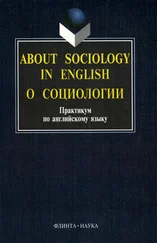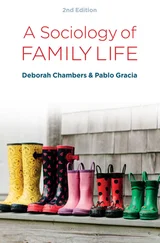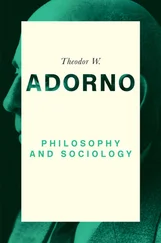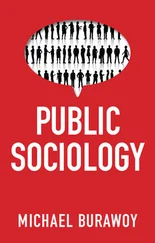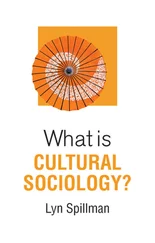 Society in the arts
Society in the arts
1 The American photographer Shelby Lee Adams is widely known for his portraits and images of community life in the tough and relatively poor Appalachian mountain regions of Kentucky over more than thirty-five years. Describing himself as a visual artist, Adams argues that his work is aimed at ‘overcoming superficiality by embracing the people straightforwardly, demystifying and destroying stereotypes, exposing regional and national misunderstandings and prejudice against rural peoples and all peoples in general.’ Examples of his work and ideals can be found on his own site: http://shelby-lee-adams.blogspot.com/.
Jennifer Baichwal’s documentary film The True Meaning of Pictures: Shelby Lee Adams’ Appalachia was released in 2002. This film explores debates around, and the political impact of, the representation of social groups in artistic works. In this case, do Adams’s images realize his own aims or could they reinforce existing negative stereotypes of poorer communities and families as suggested in this critical online article:
https://hyperallergic.com/28555/capitalist-realism-or-poverty-porn/.
Do your own research on Adams’s work, then write a 1,000-word essay addressing the question ‘What, if any, sociological insights into Appalachian communities can we gain from the work of Shelby Lee Adams that conventional sociological methods could not achieve?’ Be sure to explain why such visual recording adds to our understanding.
2 Interviews are conducted not just by sociologists but also by journalists, market researchers and TV documentary makers, and all interviewers find practical ways of eliciting the information they seek. The investigative journalist Louis Theroux likes to use unstructured interviews to draw out information from his subjects. He discusses his techniques in this short interview: www.youtube.com/watch?v=pzC6NbVN1Xk.
Now watch Louis Theroux: Behind Bars (2008), directed by Stuart Cabb, as he interviews guards and inmates at San Quentin State Prison in San Francisco, California: https://archive.org/details/BehindBarsInSanQuentin-LouisTheroux.
Does the unstructured interview method work in this context? Do the interviews help us to understand the relationships between inmates and guards? Did inmates ‘play to the camera’, giving responses that make for good television rather than telling the truth? If you wanted to conduct your own research in a prison setting, what research methods would you use and why?
 Further reading
Further reading
There are many books on research methods, including some excellent introductorylevel texts. Our selection here is not definitive though these are all very useful. Try a few to see which you find most accessible.
Newcomers to sociology need a text that is both informative and practical, so something like Judith Bell and Stephen Walters’s (2018) Doing Your Research Project: A Guide for First-Time Researchers (7th edn, London: Open University Press) is a very good place to begin. Similarly, Keith F. Punch’s (2014) Introduction to Social Research: Quantitative and Qualitative Approaches (3rd edn, London: Sage) does exactly what it says. Helen Kara’s (2016) Creative Research Methods in the Social Sciences: A Practical Guide (Bristol: Policy Press) covers recent developments in mixed-methods research, using technology and other increasingly popular methods.
For something a little more detailed and comprehensive, try Alan Bryman’s (2016) Social Research Methods (5th edn, Oxford: Oxford University Press), which is widely adopted by lecturers for their courses. Nicholas Walliman’s (2016) Social Research Methods (2nd edn, London: Sage) is detailed and comprehensive.
For an introduction to statistics and the SPSS software package, Neil J. Salkind and Bruce B. Frey’s (2019) Statistics for People Who (Think They) Hate Statistics (7th edn, Thousand Oaks, CA: Sage) is lively and accessible for beginners as well as those with more experience. One other worthwhile book is Darrell Huff’s (1991) How to Lie with Statistics (London: Penguin), which is apparently ‘the best-selling statistics book ever written’ (see J. M. Steele (2005), ‘Darrell Huff and Fifty Years of How to Lie with Statistics’, Statistical Science , 20(3): 205–9). This is probably because of its irreverent tone, but it remains an excellent guide to the misuse of statistical information and has a serious message.
A good dictionary is an excellent investment, and Victor Jupp’s (2006) The Sage Dictionary of Social Research Methods (London: Sage) covers most topics.
For a collection of readings on research methods and different methodological approaches, see the accompanying Sociology: Introductory Readings (4th edn, Cambridge: Polity, 2021).
 Internet links
Internet links
Additional information and support for this book at Polity: www.politybooks.com/giddens9
National Centre for Research Methods, UK – contains many resources and articles on methods. A very useful site: www.ncrm.ac.uk/
CESSDA – Consortium of European Social Science Data Archives – houses many social science data archives covering different types of research: www.nsd.uib.no/cessda/home.html
The UK Office for National Statistics, which includes lots of survey research, but other types as well: www.ons.gov.uk/ons/index.html
The American Sociological Association – their useful research methods section: www.asanet.org/topics/research-methods
The UK Data Archive – a large collection of digital data on a variety of subjects: www.data-archive.ac.uk/
Ipsos MORI – a merged company (Ipsos UK and MORI) focusing on market research and social research: www.ipsos-mori.com/
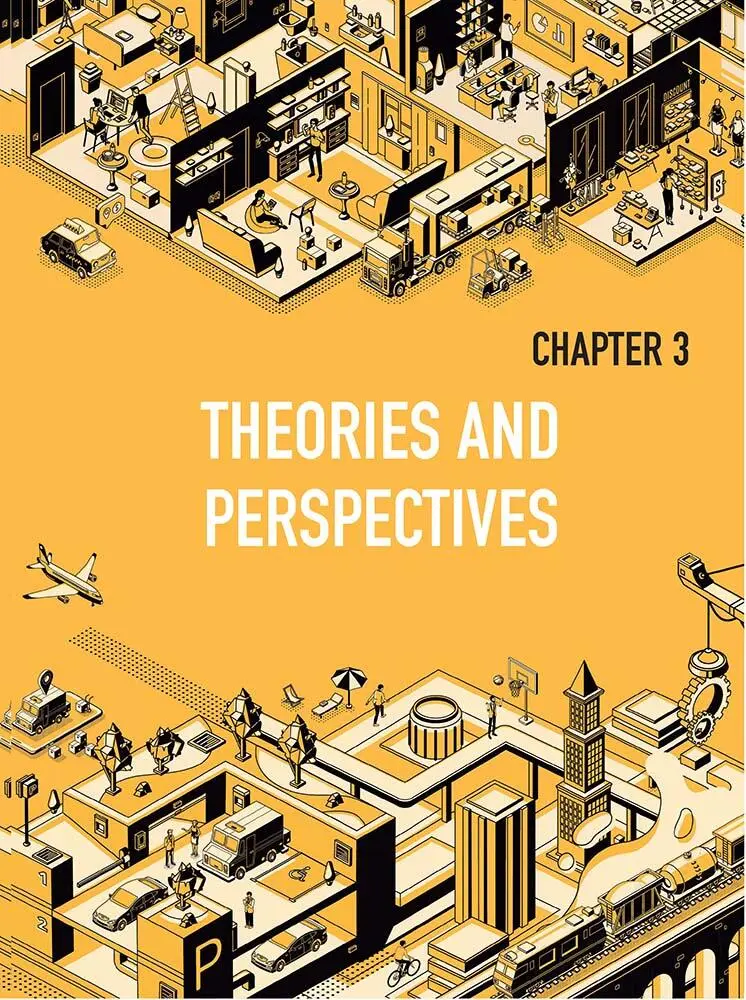
1 Theories, theorists and perspectives
2 Towards sociology
3 Positivism and ‘social evolution’
4 Karl Marx: revolution not evolution
5 Establishing sociology
6 Emile Durkheim: the social level of reality
7 Twentieth-century structural functionalism
8 Max Weber: capitalism and religion
9 Symbolic interactionism, phenomenology and ethnomethodology
10 Challenging mainstream sociology
11 Feminism against malestream sociology
12 Poststructuralism and postmodernity
13 Decolonizing sociology
14 Enduring theoretical dilemmas
15 Social structure and human agency
16 Consensus versus conflict
17 Societies and sociology in transformation
18 Reflexivity, risk and cosmopolitan theory
19 Conclusion: sociological theory in development
20 Chapter review
21 Research in practice
22 Thinking it through
23 Society in the arts
24 Further reading
25 Internet links
Читать дальше
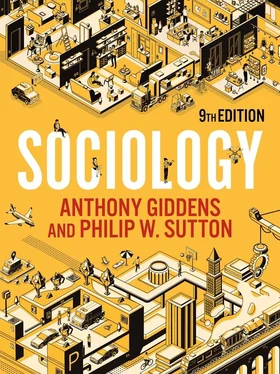
 Society in the arts
Society in the arts Further reading
Further reading Internet links
Internet links

